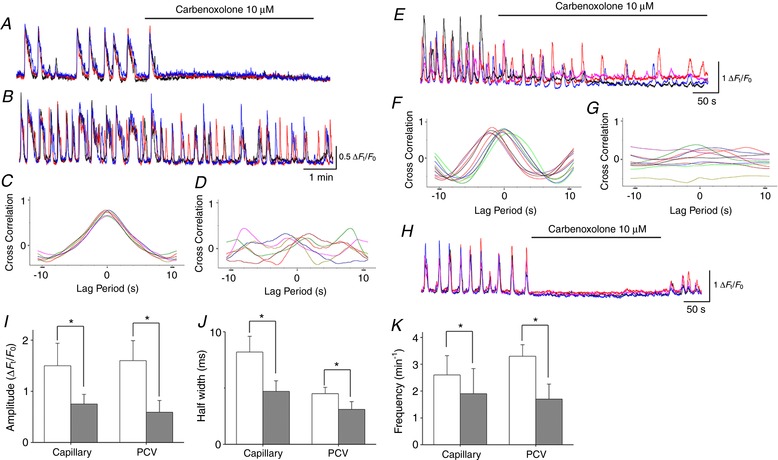Figure 6. Role of gap junction in generating pericyte Ca2+ transients in different microvascular segments.

In a PCA where three pericytes generated synchronous spontaneous Ca2+ transients, carbenoxolone (10 μm) prevented the generation of Ca2+ transients (A). Simultaneous recording from a connected capillary demonstrated that three pericytes generated synchronous spontaneous Ca2+ transients and carbenoxolone (10 μm) disrupted their synchrony (B). Cross‐correlation analysis demonstrated prominent peak near time zero in both control (C) but not in carbenoxolone (D). In a PCV, carbenoxolone (10 μm) disrupted the synchrony of spontaneous Ca2+ transients amongst four pericytes (E). Cross‐correlation analysis demonstrated that the prominent peak near time zero in control (F) but not in carbenoxolone (G). In a venule, carbenoxolone (10 μm) abolished synchronous spontaneous Ca2+ transients in four pericytes (H). Spontaneous Ca2+ transients were restored after washout of carbenoxolone. Amplitude (I), half‐width (J) and frequency (K) of spontaneous Ca2+ transients in pericytes of capillary and PCV are summarized. Data are the mean ± SD. *Significantly different from the control values (paired Student's t test, P < 0.05). [Color figure can be viewed at http://wileyonlinelibrary.com]
